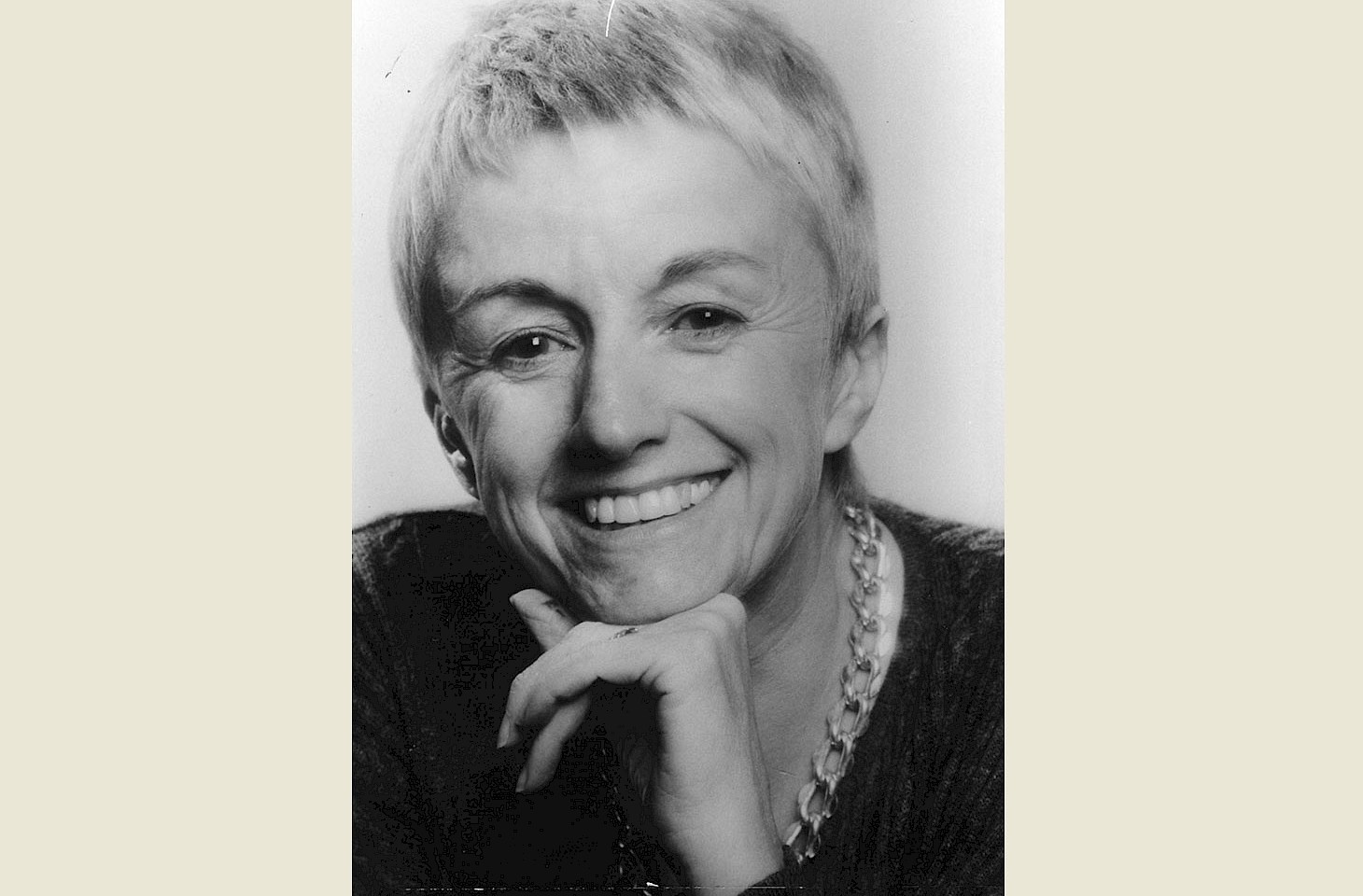Dear fellow travellers
One hundred years ago this autumn, a single shot from a ship's gun reverberated around the world. Following the mutiny of the crew of the Aurora during the February Revolution in Petrograd, the Russian cruiser remained at anchor in the River Neva. A revolutionary committee managed the ship, and in the ensuing months that vessel came to embody Bolshevik aspirations.
In August 1917, when the deposed tsar and his family were exiled to Tobolsk, Kerensky's Provisional Government moved into the Winter Palace, occupying the private suite of Nicholas II and Alexandra Feodorovna. But the days of the Provisional Government were numbered. Even as Kerensky and his crew moved into the Winter Palace, soldiers and workers were demonstrating on the streets of Petrograd. The sheer ineptness of the Kerensky administration meant that it was only a matter of time until the Bolsheviks made a bid for power.
On the evening of 25 October 1917 (in the Russian calendar), a single blank shell was fired from the Aurora. It gave the signal for the Bolsheviks to storm the Winter Palace. Some sources aver that the Aurora really opened fire on the Winter Palace but, were that really the case, it's unlikely that much of the structure would have been left standing. Such was the force of the Aurora’s firepower.
Was that single blank shot from the Aurora perhaps the most famous gunshot in European history? If it has a rival, then a strong contender must surely be the shot fired by Gavrilo Princip which killed Archduke Franz Ferdinand of Austria in Sarajevo in June 1914.
The cruiser Aurora had served with distinction in the Russo-Japanese War. During the First World War, she was on routine assignments in the Baltic. This was a vessel which would have slipped quietly into maritime history were it not for its key role in signalling the start of the October Revolution. She is the sole ship to have received the Order of the October Revolution, which includes an image of the Aurora in the insignia. In short, this vessel - more than any single structure, perhaps more than any individual bar Lenin - came to symbolise the revolution.
Since 1956, the Aurora has been a museum ship - one of the star tourist attractions in St Petersburg. One might have expected this Russian city to be en fête this autumn, it being the centenary of the October Revolution. But the mood is muted. The Aurora has been spruced up for the occasion, and the extensive exhibition area in the ship has been entirely revamped. If you look for stirring images of brave Bolsheviks, red flags and Lenin, they are hard to find. There's much more emphasis on the Aurora's missions in the Far East. The dramatic events of October 1917, and the central role of the Aurora in the Bolshevik narrative, get a mention, but it's almost by way of a footnote in the wider story of the ship.
She may have been the vessel which fired the shot which echoed around the world. But in 2017, those echoes now seem to be fading all too quickly.
Nicky Gardner and Susanne Kries
(editors, hidden europe magazine)



